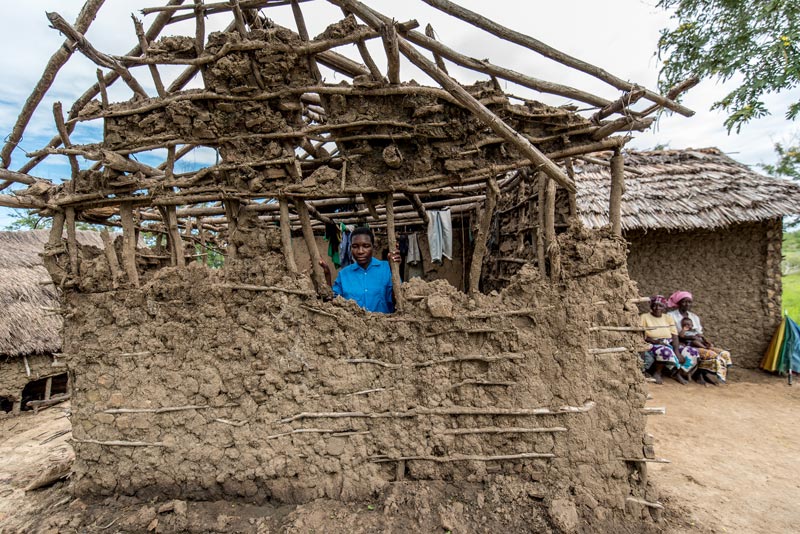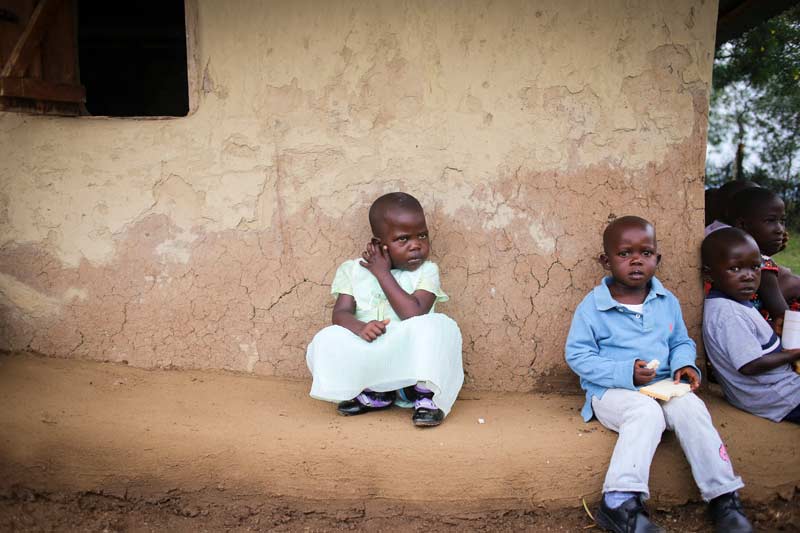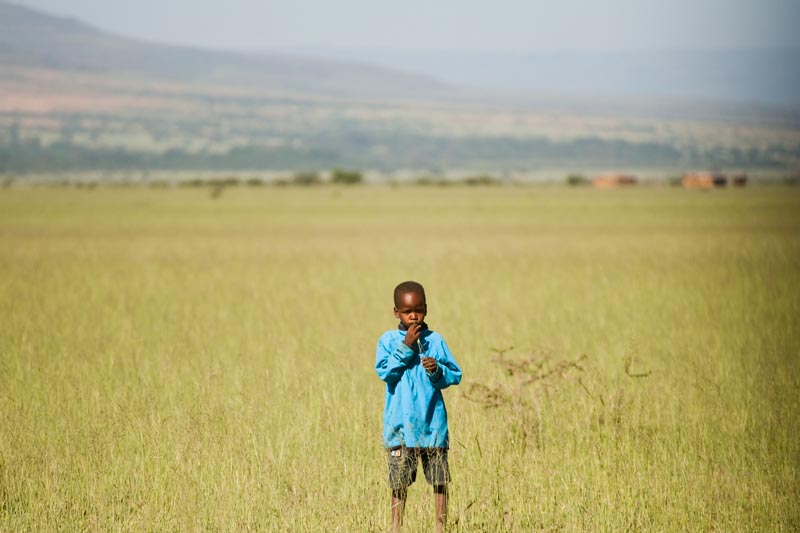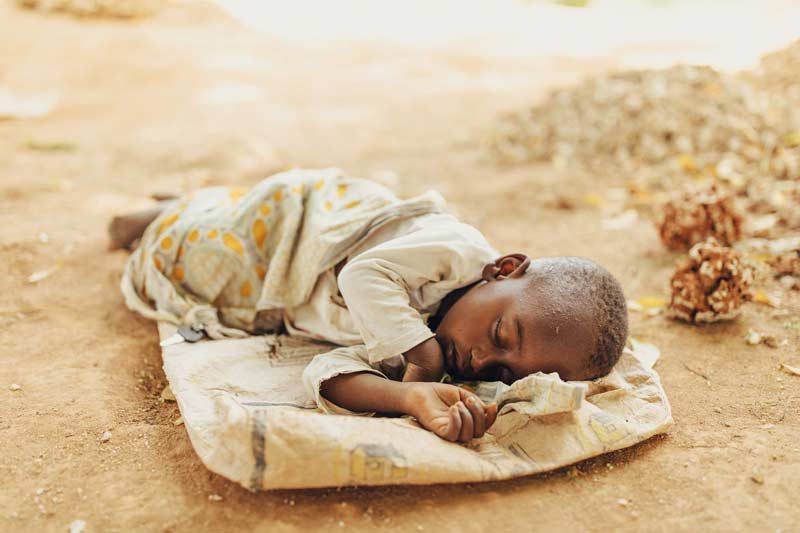Key Challenges in Kenya & Our Response
Kenya is a land of adventure, a perfect place to visit if you dream of going on safari. However, Kenya is also home to thousands of children living in devastating poverty.
Lack of Nutrition & Medical Care Leaves Babies at Risk
The newest data shows that the mortality rate for infants in Kenya is 30.5 deaths per 1,000 live births. While this number has been consistently decreasing over time, this is still incredibly high. When compared to the U.S. mortality rate, which is 5.6 deaths per 1,000 live births, you can see how devastatingly high the rate truly is.
In Kenya, many of the causes of death in these little ones can be traced back to poverty. For example, many babies die from preventable diseases like pneumonia because their families couldn’t afford treatment. Others suffer serious malnutrition from hunger.
Our Response: Offering Care to Moms & Babies
We partner with churches throughout Kenya to offer care to moms and babies in need through our Survival programs. Through these programs, we offer important support like prenatal vitamins, nutritious food, medical checkups and parenting classes.
We provide hands-on care to moms and babies throughout the first year of the child’s life. Once they reach this important milestone, they then get to be sponsored by someone like you!
Natural Disasters Leave Children Dangerously Hungry
Kenya often faces devastating natural disasters like droughts. These serious droughts leave children and families without food, clean water and other essentials. This puts children at risk of malnutrition, which damages their physical and mental growth.
Unfortunately, families struggling in poverty can’t afford day-to-day basics, much less emergency supplies.
Our Response: Providing Disaster Relief to Children in Need
Through our Disaster Relief Fund (DRF), we provide children and families with emergency food and water, temporary shelters, counseling, medical care and more to ease the impact of disaster. This support keeps families on track toward leaving poverty behind, despite their current circumstances.

A young Maasai boy smiles in the desert landscape of Kenya.
Caption

Children smile while playing jump rope at their child development center playground.
Caption

A woman stands inside the remains of her home after a flood.
Caption

Children sit against the wall of a home.
Caption

A young boy stands in a grassy field with mountains behind him.
Caption

A group of women sit together and smile.
Caption

A young child sleeps peacefully on top of an empty burlap sack.
Caption

A group of children smile and run at their child development center.
Caption